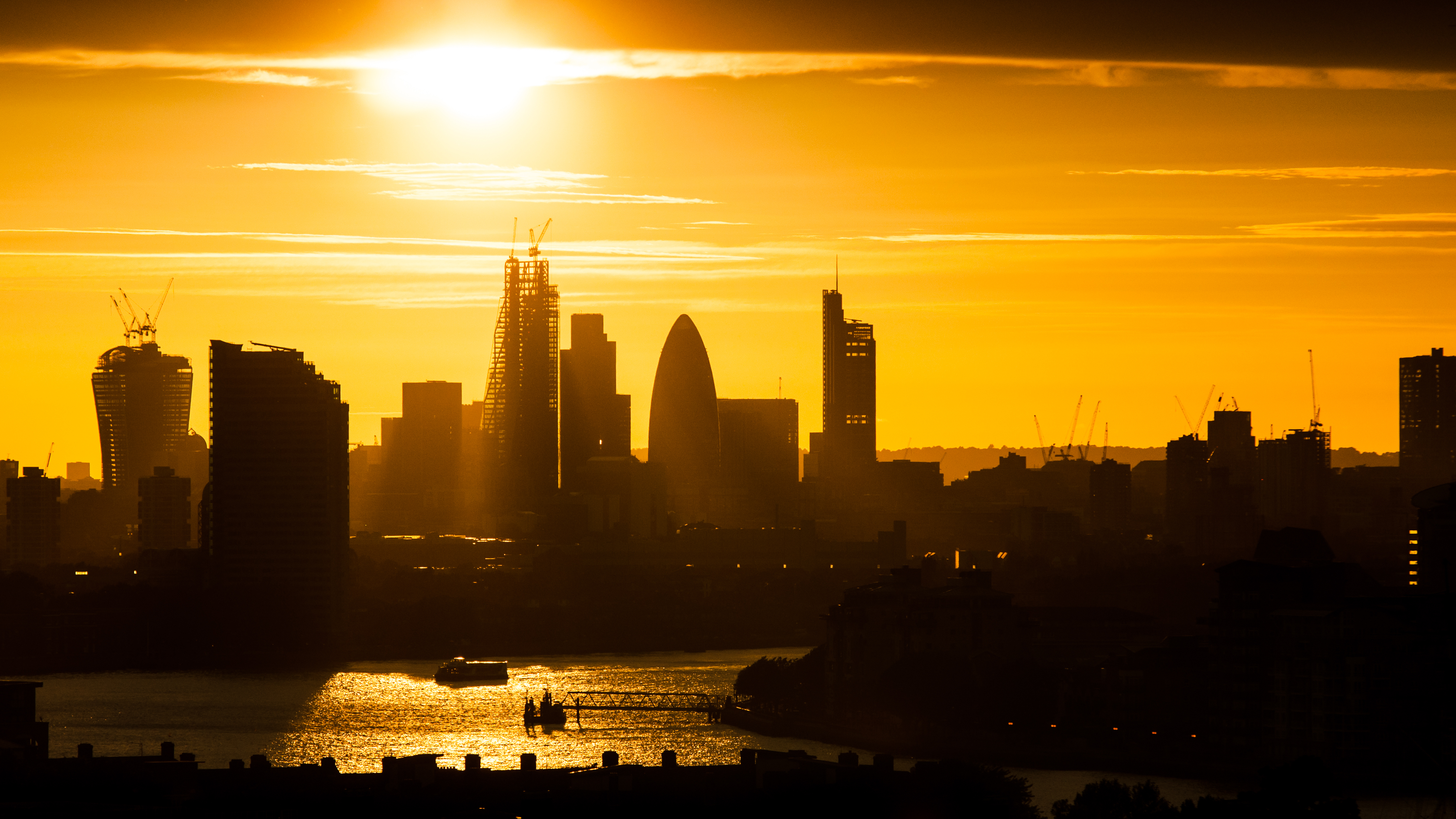What is the science behind the climate goals set at the historic Paris Agreement? Researchers are in Oxford to discuss the feasibility and options, with their findings contributing to an IPCC paper in 2018.
The ambition of the 2015 Paris Agreement of the 21st Conference of the Parties of the United Nations Framework Convention on Climate Change took the world by surprise. The largest emitters, the United States and China, have already signed up to the agreement, which sets the goal of limiting global warming to 'well below' two degrees, with an aim possibly as low as 1.5 degrees Celsius. A conference hosted by the University of Oxford’s Environmental Change Institute (ECI), attended by over 200 scientists, policymakers and business people, will assess its implications, looking particularly at how this goal could be achieved. The three-day conference, which launches at 5pm today, will coincide with a new website showing the current level of human-induced climate change, to track progress over coming decades in limiting warming to 1.5°C. Findings from this major meeting of scientists will contribute to a Special Report on 1.5 degrees that the Intergovernmental Panel on Climate Change (IPCC) will produce in 2018.
Keynote speakers launching the conference on 20 September include some of the figures behind the Paris climate agreement:Laurence Tubiana, French climate ambassador; and Janos Pasztor, Senior Advisor to the UN Secretary-General on Climate Change. 'The Paris Agreement was a great achievement,' says Janos Pasztor, 'but it was only the beginning. Governments made it clear where they would like to go, but the details of how to get there still need to be worked out. Success depends on implementation: what countries do to reduce emissions and adapt to climate change. The academic community has a responsibility and an opportunity here to think outside the box and come up with new ideas on pathways and implications of rapid climate stabilisation.'
Scientists were surprised and impressed by the ambition of the 1.5°C goal. Many are asking what it actually means, and whether it can still be achieved
Professor Myles Allen, Environmental Change Institute and IPCC lead author
‘Scientists were surprised and impressed by the ambition of the 1.5°C goal. Many are asking what it actually means, and whether it can still be achieved,’ says conference organiser Myles Allen, Professor of Geosystem Science at the University of Oxford’s Environmental Change Institute and IPCC Lead Author.
'We aren’t there yet – but although 1.5°C will clearly be a challenge, we must be careful to avoid a self-fulfilling prophecy. If, as academics, we don’t explore the implications of these ambitious goals, then governments won’t feel confident in pushing them. Frankly, I’d much rather research the implications of different degrees of climate ambition than different degrees of climate failure.'
‘The challenge before the world is to now achieve the long-term temperature goal of 1.5°C which was agreed in Paris in December even if it is hard to do,’ says Dr Saleemul Huq, Director of the International Centre for Climate Change and Development (ICCCAD) in Bangladesh and visiting speaker.
Tomorrow, Ban Ki-moon, Secretary-General of the United Nations, will welcome leaders from 175 countries at a special ratification event in New York. His aim will be to accelerate the entry into force of the Paris Climate Agreement.
The conference is supported by the ECI, the Centre for International Climate and Environmental Research – Oslo, the Priestley International Centre for Climate at the University of Leeds, the Met Office, the Union of Concerned Scientists, the Tyndall Centre for Climate Impacts Research, FutureEarth, the International Centre for Climate Change and Development, the International Institute for Applied Systems Analysis and the University of Cape Town.
